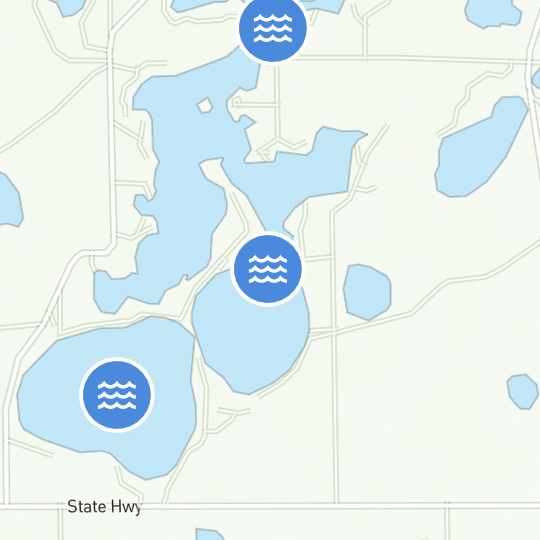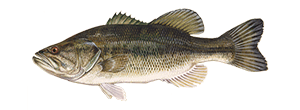How to Catch Salmon
Salmon is one of the most popular coldwater game fish species because they are a challenge to catch and make for great table fare. Find out where to fish, essential techniques to use, and learn how to catch salmon.
Welcome to the captivating world of salmon fishing, where the allure of the salmon run draws anglers to the freshwater rivers and streams. Understanding the migratory patterns and timing your excursion to coincide with the salmon run is crucial, as these resilient fish make their remarkable journey from ocean to birthplace.
Where to Fish for Salmon
When learning about the best places to fish for salmon, it’s important to understand that salmon are born in freshwater rivers and streams, but then migrate to the ocean where they spend most of their adult lives.
In preparation for spawning, salmon will return to the freshwater rivers and streams where they were born. This period of time is often referred to as the “salmon run.” Depending on the species of salmon, the salmon run takes place at different times in different states.
One of the most important salmon run fishing tips is to consider these migratory routes and time your trip accordingly. Now that you know to focus on migratory routes and fish during the run, next you can decide which salmon fishing techniques you want to use.
How to Fish for Salmon
Deciding how to fish for salmon, or which techniques you should use, will depend on whether you are fishing from land or on a boat. Since this is a general overview of salmon fishing for beginners, you can start with either drift fishing or trolling. Once you get more experience by learning how to fish for different types of salmon, you can work on more specialized techniques.
Drift Fishing from Land
Drift fishing is most often done from land and involves casting your line upstream, then allowing your bait (the best bait for salmon is salmon eggs) drift down over an area where you think the salmon are likely to be. As your line drifts, you slowly reel it in and then simply repeat the process until you get a strike.
Trolling from a Boat
When fishing from boat, many anglers use a technique referred to as trolling. Trolling can be a good way to learn how to catch salmon in areas where salmon are more spread out, such as in large rivers or lakes.
Salmon Species
Learn about the different salmon fish species, where to target them, check the regulations, and then get your state fishing license online.
Chinook Salmon
Chinook salmon are the largest species of Pacific salmon, which is why they are often referred to as “king salmon.” Their range includes the coasts of Alaska, western Canada, Oregon, Idaho, Washington State, and northern California.
Coho Salmon
Coho are one of five Pacific salmon species that are native to the waters of Alaska down through California, although coho salmon have also been stocked in the Great Lakes, freshwater lakes in Alaska, along the U.S. Pacific coast, as well as in the states of Maine, Maryland, and Louisiana.
Chum Salmon
In North America, chum salmon can be found from the San Lorenzo River, California, to northwest Alaska, and east to the Peel, MacKenzie and possibly Anderson Rivers in Canada.
Pink Salmon
Pink salmon can be found from Alaska south to the Sacramento River, California, throughout the Aleutian Islands, and northeast into the MacKenzie River, N.W.T., Canada.
Sockeye Salmon
The sockeye salmon is native to the Pacific Ocean and its tributaries from the Sacramento River, California to Point Hope, Alaska in the United States.
KEEP LEARNING

How to Tie the Non-Slip Loop Knot
The non-slip loop knot is a popular and reliable choice for securing hooks, lures, and other tackle to your fishing line.
LEARN MORE

Socials
Take me fishing social media links
LEARN MORE

TakeMeFishing x Teen Vogue
Join us on a creative journey as fashion designer Ahmrii Johnson walks us through her collaborative vision and process with Teen Vogue and fashion brand, Rentrayage, to create a special piece.
LEARN MORE


.png?lang=en-US&ext=.png)